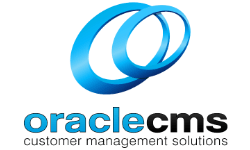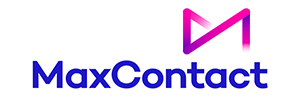ROI (Return on Investment)
ROI (Return on Investment) is used to express the additional money or value you have received from an initial investment expressed as a percentage.
It’s a common term used in business and if you are looking at investing in new technology, a better process etc it can be a useful tool and metric to support the benefits of your project.
There are actually a number of different ways to determine ROI but the most commonly used in a business is to divide net profit by total assets.
For example, if your net profit is $60,000, and your total assets are $150,000, your ROI would be 40 per cent. A common definition of ROI is “a profitability measure that evaluates the performance of a business by dividing net profit by net worth.”
In Customer Experience or Contact Centres, Return on investment is often used when determining whether it’s worth investing in some new technology, a new process etc.
For example, if you were to invest in some new Voice Biometrics software that was going to shave 60 seconds off every call it could look something like this:
- Cost per agent per month: $3,000
- Average number of calls per month for all agents: 1,000
- Average call duration: 240 seconds
- Time spent authenticating today: 60 seconds
- Percentage of call authenticated: 80%
- Cost per Voice Biometrics transaction: $0.07
- One-off set-up costs: $7,500
Total savings: $30,476 (the savings from agent costs having to spend 60 seconds less on every call)
Total Costs: $18,400 (Cost of Investment from the one-off cost the $0.07 per Voice Biometrics transaction)
Annual Return on Investment: $12,076 or expressed as a percentage: 65.63% ($30,476 – $18,400)
A word of caution using ROI
Using the above example, however, it’s easy to see that ROI isn’t an exact science as there are a zillion other things (slight exaggeration) that could also be incorporated. Think about this:
- Agent turnover might be less because agents no longer have to deal with 60 seconds on every call having to argue with customers over why they need to provide identification. Less turnover means lower costs for the business which is a good thing.
- Speaking of happier staff, studies have shown that employees with higher engagement are more productive and take less sick leave.
- Customer Satisfaction will be higher so customers may be less likely to leave the organisation (Less churn is a good thing!) and will spend more (definitely a good thing!)
So asides from the direct costs, you could easily add in some more numbers and assumptions that would make the ROI for investing in Voice Biometrics technology even more appealing.
Tools to help you calculate the ROI
The good news is there are some tools available to help you calculate the ROI (Return on Investment).
We have a ROI Calculator that is free to download for all our members.
In the example above, we also mentioned the benefits of reducing talk time. There is a very powerful tool used in contact centres called an Erlang Calculator. An Erlang Calculator can help you model a range of different scenarios including the impact of reducing talk time (or increasing) on the headcount required, modelling the impact of lower or higher call volumes on our Service Levels and lots more.
We have a free Erlang Calculator available for all members and we also have a Pro Calculator that enables you to do more complex modelling with some graphs/charts etc.
























